Reputation crisis management: top-5 cases
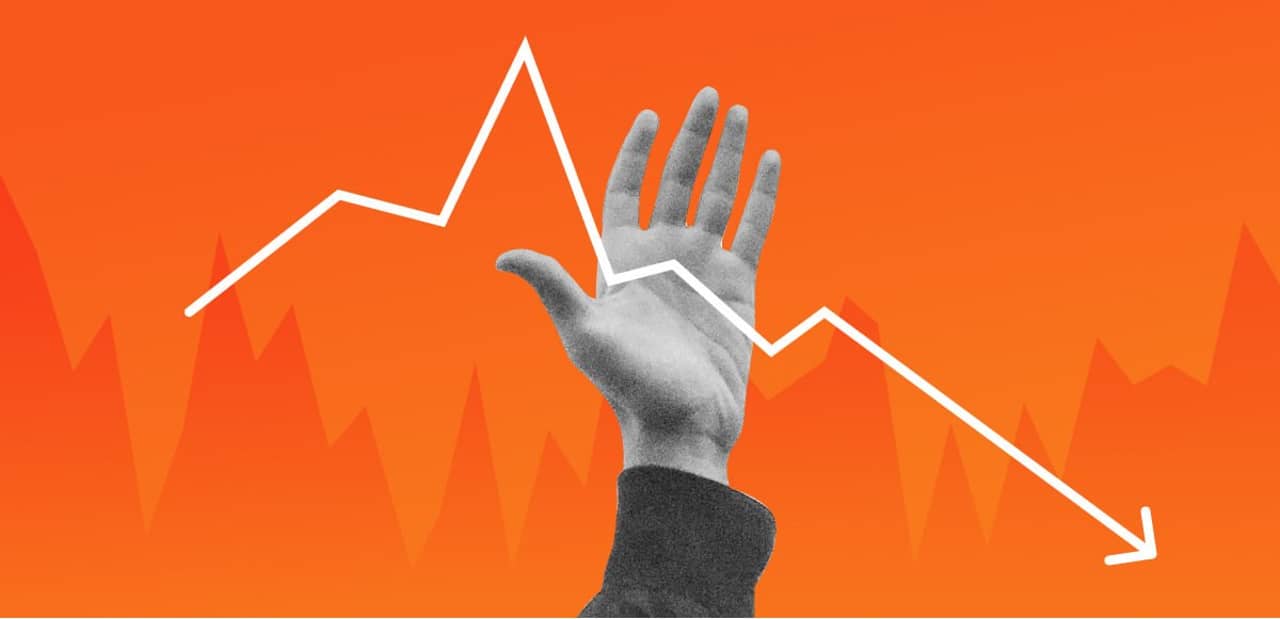
Every big brand has ever got into a reputation crisis, but only a few managed to get out without significant losses and restore their reputation. In this article, we have compiled a selection of approaches used by world-famous companies caught in the middle of a scandal.
1. Volkswagen's case: make real changes in the company.
What happened: In 2015, one of the world's largest automotive brands, Volkswagen, got into a €30 billion scandal. The company had to pay this exact sum of money when it turned out that 11 million of its cars worldwide were equipped with special devices that hid the actual amount of harmful emissions. This situation significantly undermined the brand's credibility because the discussion of global warming grabbed more and more public attention.
The investors of the concern reacted immediately and smashing: Volkswagen shares began to fall in price rapidly.
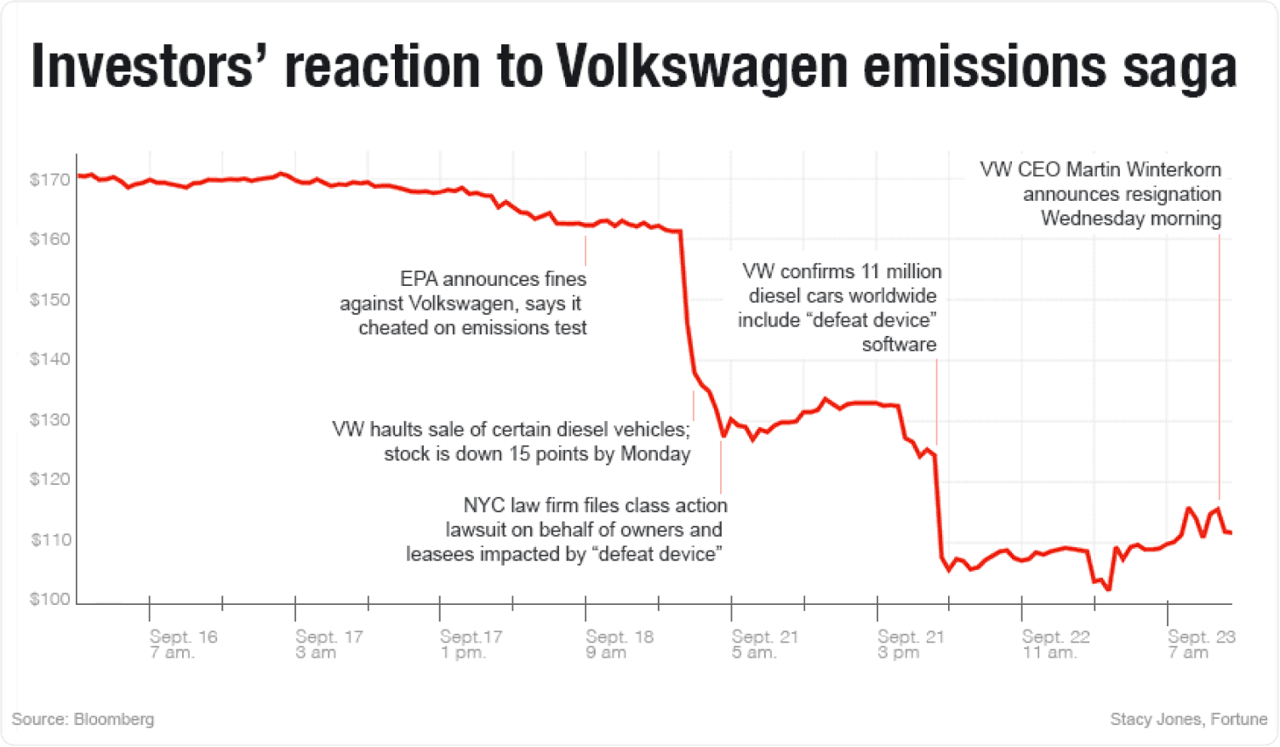

Brand's reaction: Initially, the brand's representatives recorded a two-minute video in which its employees, including the CEO, pleaded guilty and apologized. However, as you can see in the graph above, the video statement was a complete failure and changed absolutely nothing.
To restore brand reputation, Volkswagen had to embark on the world's most extensive program of electric motors switch-over. The company has promised to spend $20 billion on electric and hybrid car model development by 2023.
The results of this program were quite positive as back in 2018, the brand managed to return its #1 car manufacturer position.
However, emissions are still closely associated with Volkswagen. Even five years later, this situation is often mentioned on social media worldwide, and mainly negatively.
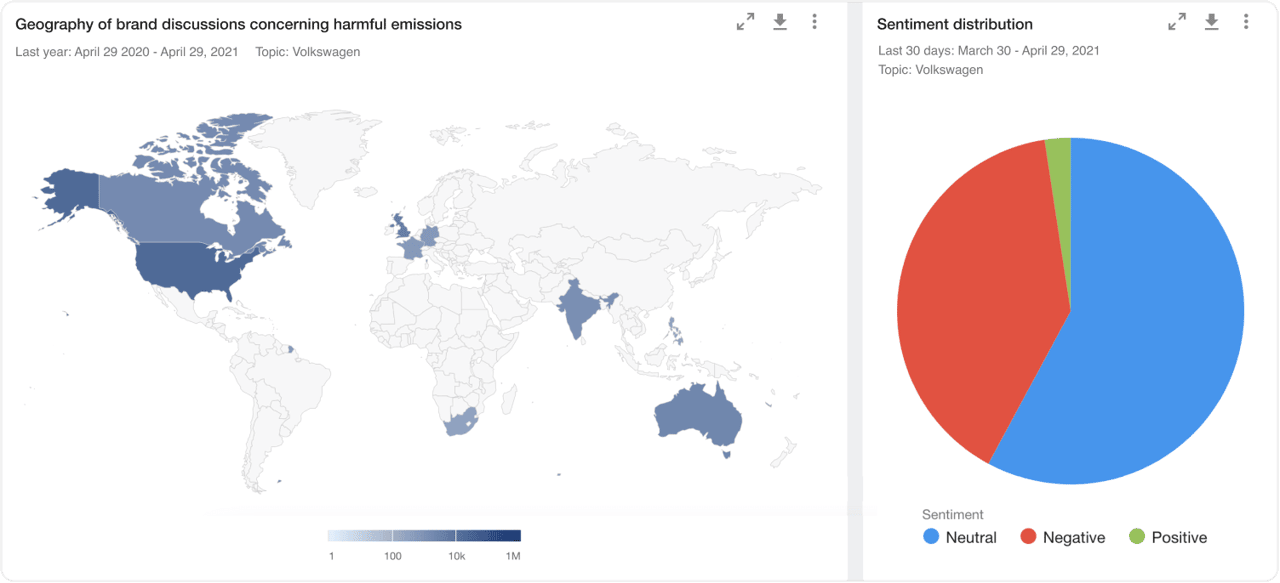

2. Burger King: admit the mistake and apologize.
What happened: Burger King is known for its bold advertising campaigns that its customers tend to love.
However, as a recent example has shown, such a creative approach is not always beneficial. After the company's U.K. office controversially congratulated women on International Women's Day, social media users took up arms against the brand.
This year the brand posted a tweet: "Women belong in the kitchen."
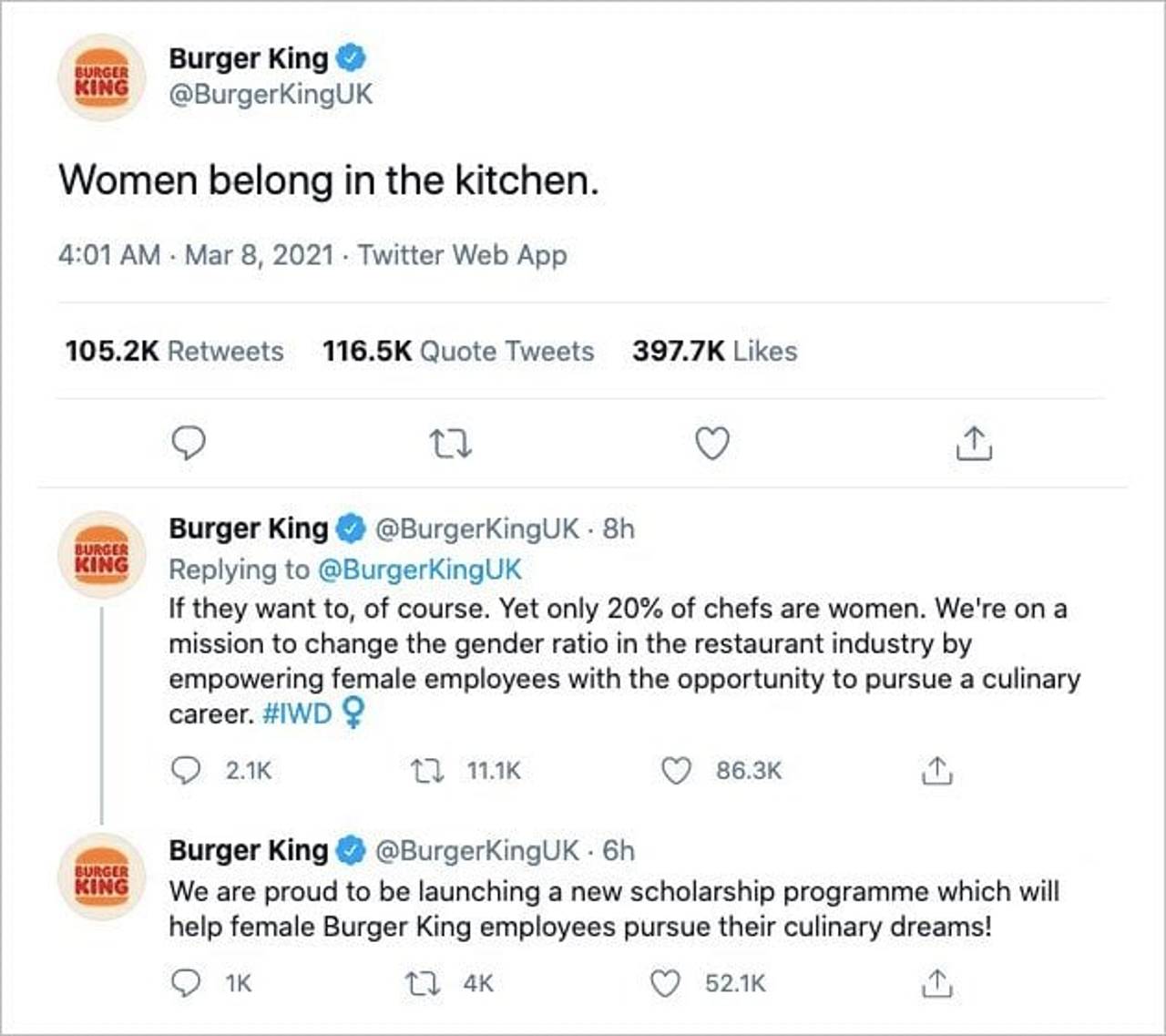

Even though the brand tried to explain what they meant and announce the Burger King Foundation's H.E.R. Scholarship for female employees, it was too late.
The network immediately burst into a scandal: the audience didn't appreciate the brand's creativity. As a result, Burger King was mentioned online more than 140 thousand times in a single day.
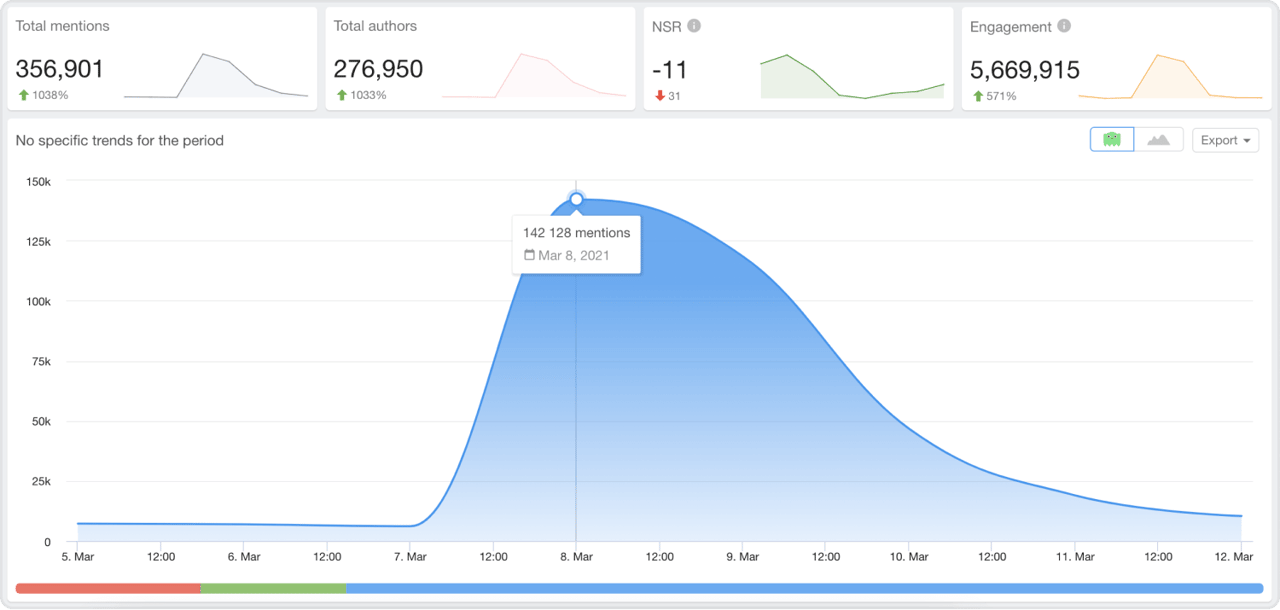

KFC, one of the leading brand's competitors, seized on the opportunity to respond with a meme: "The best time to delete this post was immediately after posting it. The second best time is now."
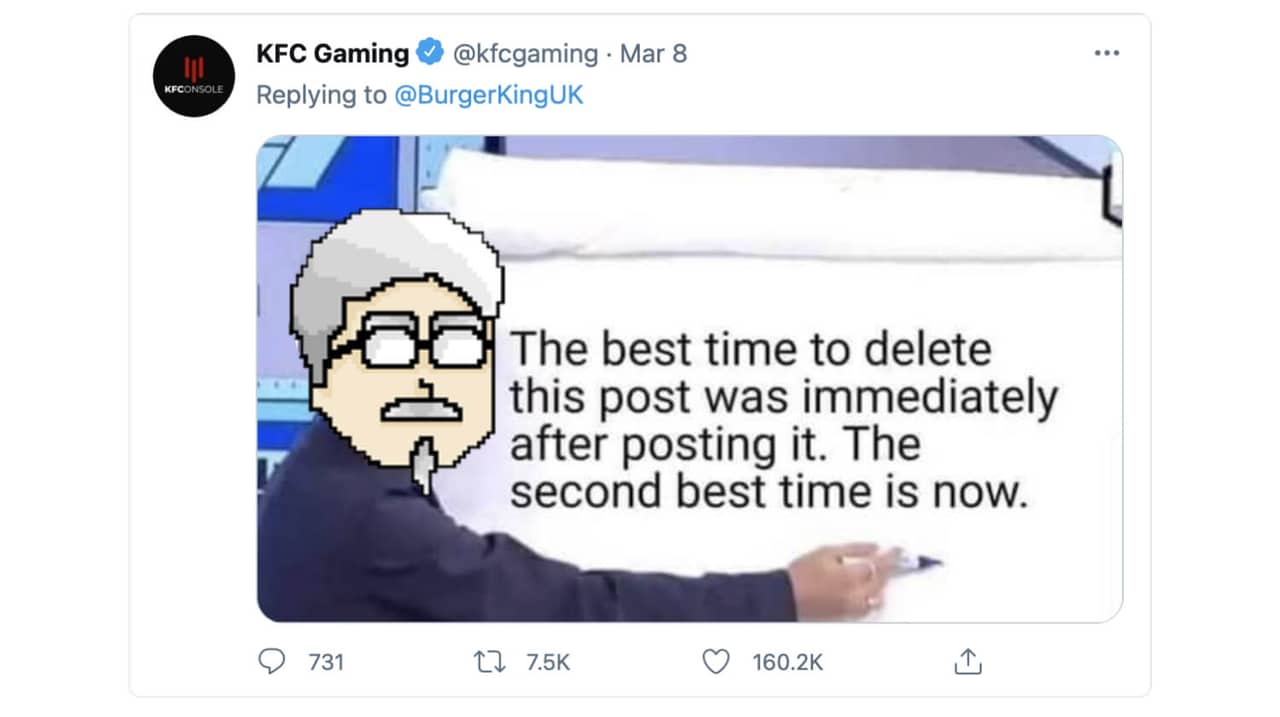

Brand's reaction: The brand admitted its mistake and removed the controversial post, explaining that they just wanted to draw attention to their new scholarship program for women. A week after the publication, the scandal came to naught.
3. Gillette's media communication strategy: continue to defend its position.
What happened: the company released the YouTube video raising the issue of bullying and toxic masculinity has not received the expected support of the audience online.
The video has got 1.6 million dislikes and twice fewer likes. Users began leaving comments saying they would never buy Gillette products again. Many claimed the ad portrayed men as rapists, and the video itself is propaganda of feminism. Later, the ability to comment on the video was completely disabled.
Brand's reaction: P&G, who owned the brand, refused to delete the video and apologize. Contrariwise, the company asked the audience to be more responsible, advising people not to look for excuses for bad behavior. Using this video, the company invites us to discuss modern masculinity.
Moreover, P&G has promised to donate $1 million annually for three years to charities supporting men.
Meanwhile, the initiative has not only negative reviews as many users decided to support it online.


4. Huawei's case: involve top management, ensure maximum publicity and reference facts to restore the corporate reputation.
What happened: Chinese telecommunications company Huawei has been the victim of years of economic confrontation between China and the United States. One of the crises was triggered by ex-President Donald Trump's public accusations against the corporation. He claimed that Huawei products could bring security risks to any company, therefore, he initiated sanctions against Huawei. Later, the U.S. Congress made several decisions, which caused difficulties for the Chinese company both in the American market and abroad.
Brand's reaction: Huawei denied the accusations. The company's CEO Ken Hu pointed out that the company's reputation in cybersecurity has never been compromised for the past 30 years. Huawei shared all the necessary information openly with the media and the public, explaining the real, in the company's opinion, reasons for the imposition of the sanctions. There are many interviews available online and videos created by the company, where they explain the situation. As a result, the brand managed to shift the public attention focus in the direction that the company needed.
Hence, the company accomplished maintaining its market position: despite the conflict with the United States, Huawei's revenue grew in 2020.
As we can see, Huawei's brand reputation management strategy brings results that users' sentiments on social media can prove. Using the YouScan monitoring system, we collected brand mentions in the United States, and discovered the audience has primarily neutral sentiments about Huawei. Moreover, there even more positive mentions than negative.
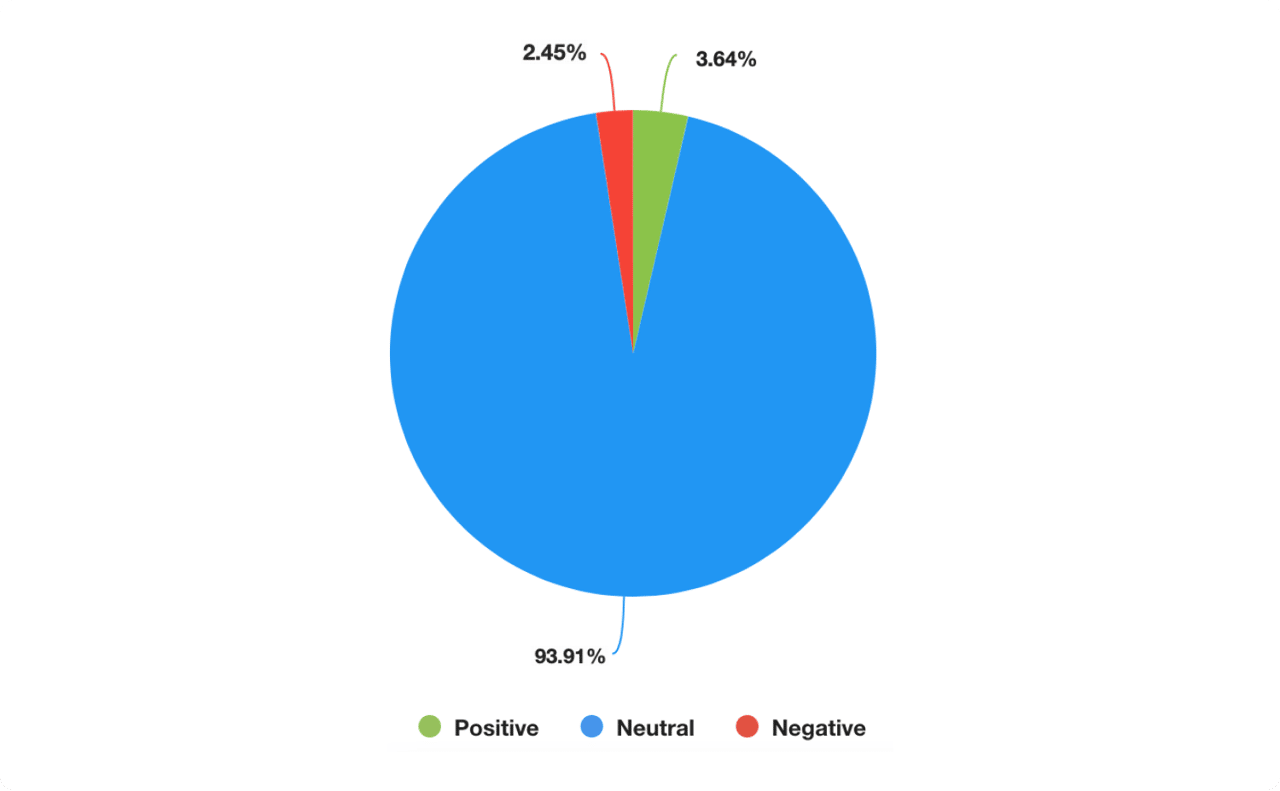

5. KFC and using humor to get out of the crisis
What happened: one of the biggest scandals associated with this brand occurred when the British office decided to change the chicken supplier.
Unfortunately, the contractor turned out to be unreliable and screwed up the supplies in the whole country. As a result, the chicken-first restaurant was left without chicken meat and had to close many points for a while.
Brand's reaction: KFC took the situation seriously. The anti-crisis plan consisted of several steps. The company launched a website with the addresses of all restaurants, including the availability of chicken in each of them.
The company provided those who couldn't buy their favorite food with bonuses using a special app.
In addition, the company constantly communicated with disappointed users and joked a lot about the current situation.
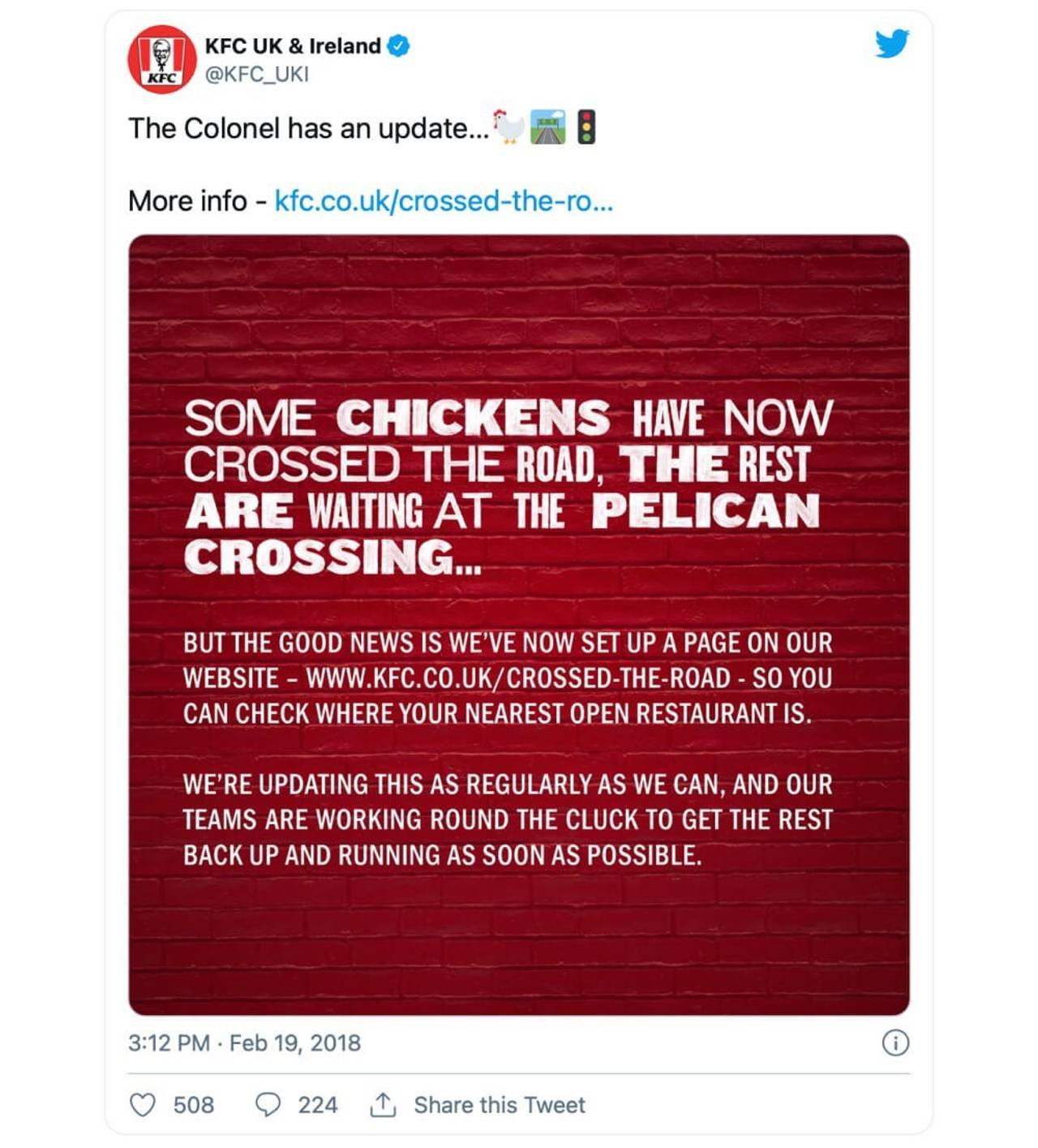

And finally, to smooth the unpleasant impression of the situation, KFC placed ads in British newspapers, changing the order of the letters in the name. An apology was attached to the modified logo.
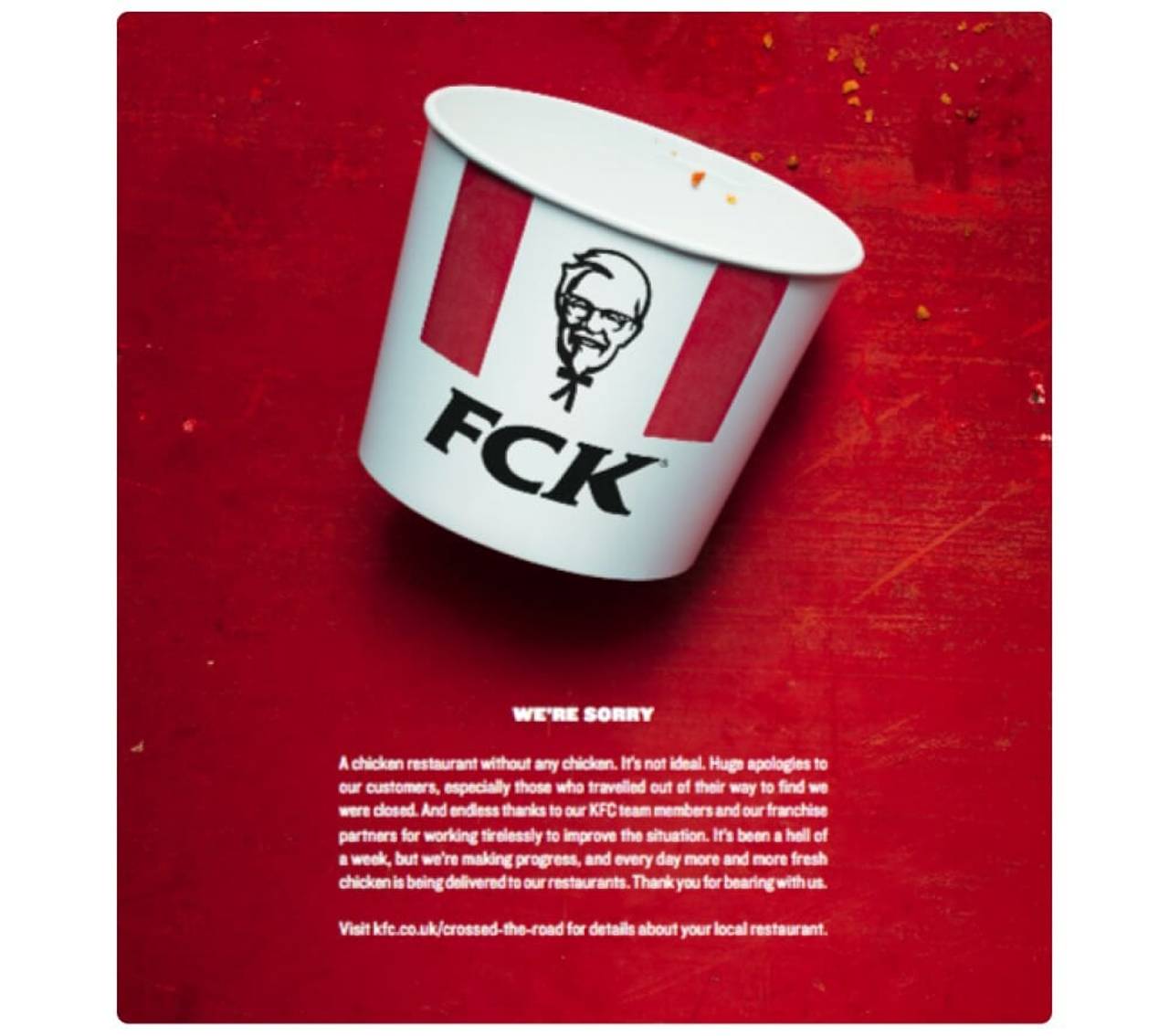

After so many attempts to make amends to customers, the brand was simply impossible to be aggrieved.
As the experience of large brands shows, a crisis is not a sentence at all. It's crucial to react correctly and in time, not to aggravate your reputation in search results.
Social media monitoring and analytics is an excellent tool for such purposes. You can find out how users feel about your brand by requesting a free YouScan demo.


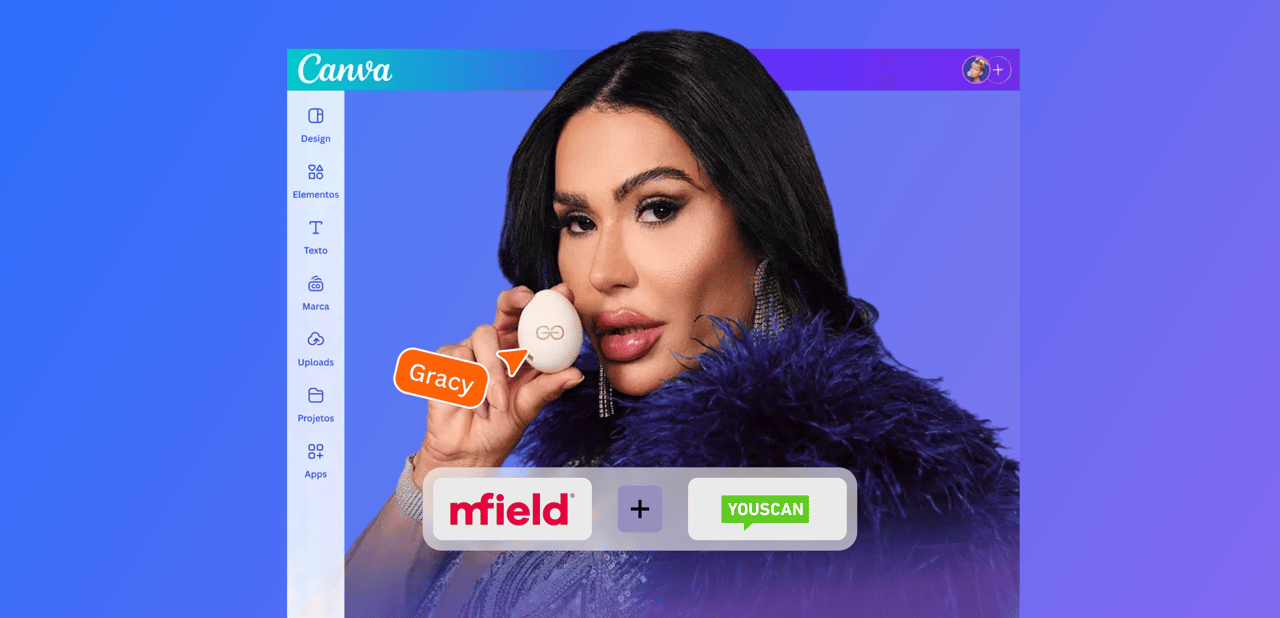
.png)